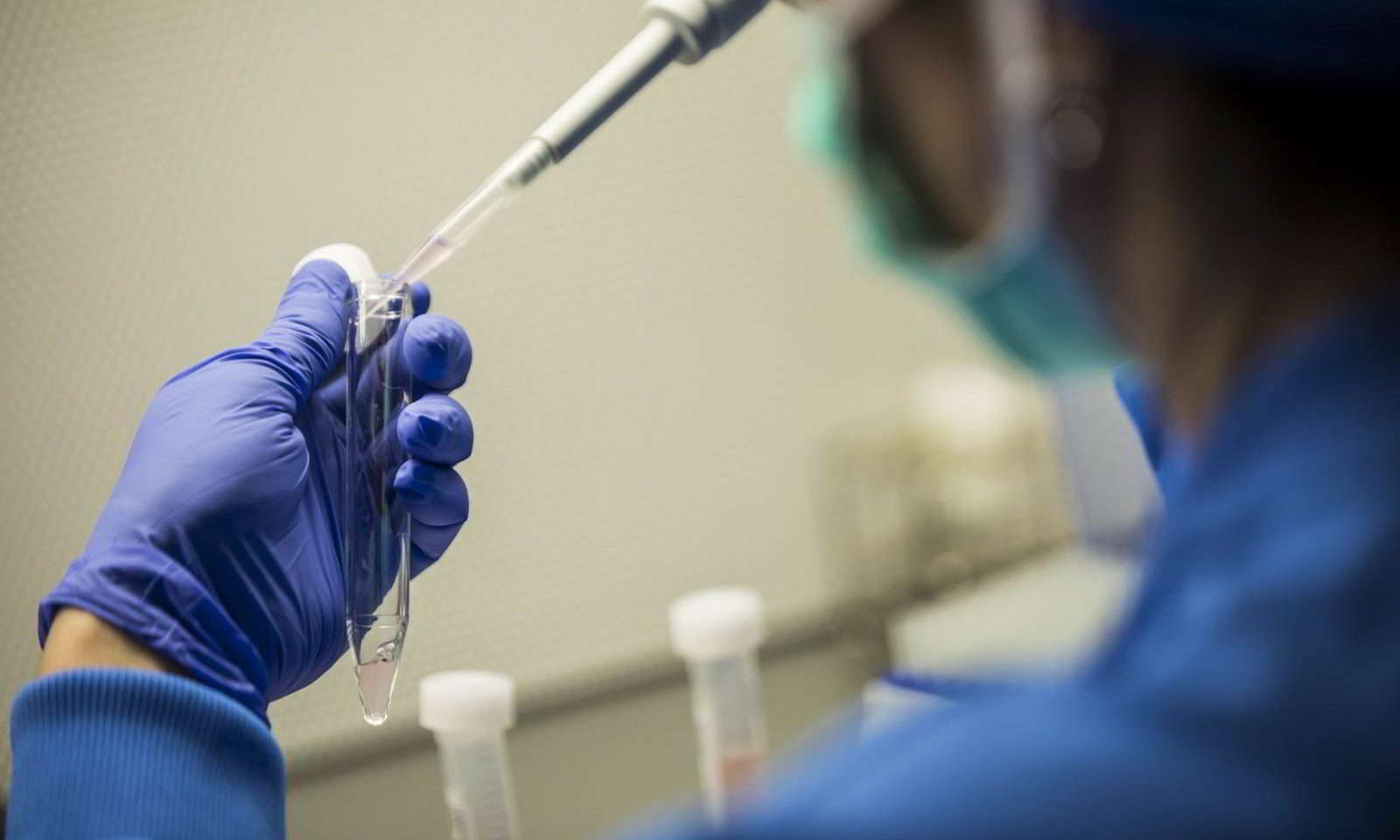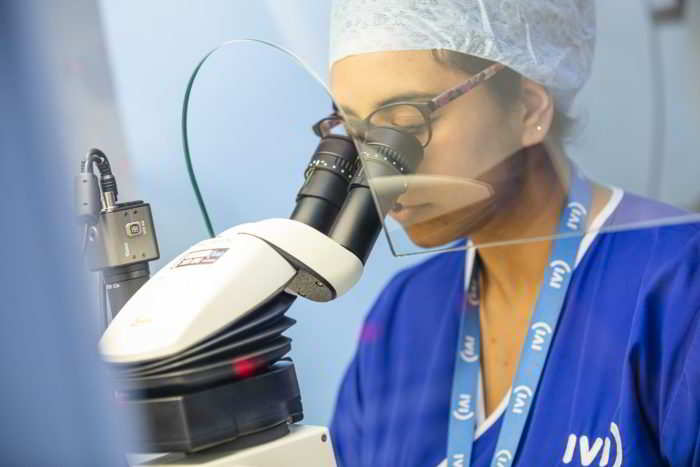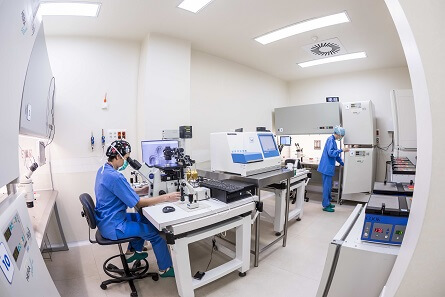

All our clinics invest a percentage of their income in the IVI Foundation, which manages our research activity. The Foundation aims are to improve the results of current assisted reproduction treatment by developing new techniques and minimising the adverse effects of treatment.
Our investment in global research has enabled us to improve significantly the techniques we offer and increase success rates in IVI clinics year on year.

IVI has a worldwide reputation for innovative research. Our experts have published papers in more than 650 scientific publications all over the world, more than any other private clinic.

We have received some of the most prestigious awards in the profession, given by highly respected organisations such as the American Society for Reproductive Medicine, the Society for Gynaecological Investigation, and the Jaume I Award in Clinical Medicine.
In 2016, four of our doctors were among the top six researchers in Obstetrics, Gynaecology and Reproductive Biology in the world, according to h-Index
Our research has allowed us to offer the option of parenthood to people who would otherwise have been denied it. Some of the key innovations at IVI that have helped our patients are:


We have developed and patented pioneering techniques and technology. Among the most significant are: